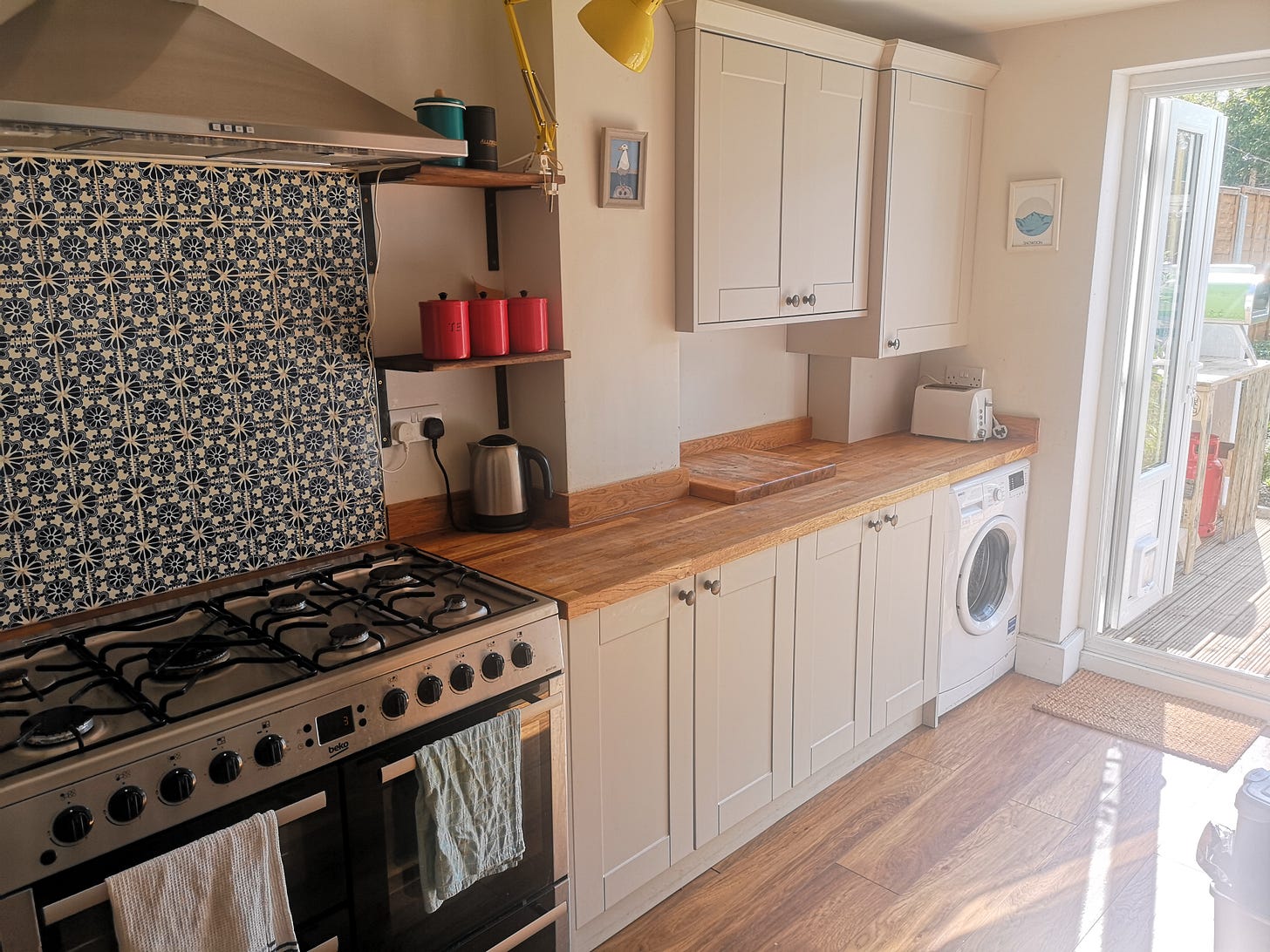This is a paid subscriber-only course. If you want in on the fun, subscribe here with a 7-day trial, free e-book, simple living courses, and weekly waste-reducing recipes all for $5 a month / $50 a year ⬇
Is there a more difficult room to declutter than the kitchen?
Many of us crave those gorgeous, seemingly unattainable Pinterest-style kitchens where everything has a place and no mess is made. But we have to think practically.
Not only is it the room we spend the most time in. It’s also often dual+ purpose, doubling/tripling/quadrupling as a dining room, a workspace, a drinking den, a kid’s playroom.
As someone whose career has revolved around food and wine for the last decade, the kitchen is my sanctuary. And I’ve spent just about as long perfecting it into a practical but clutter-free space.
This is not something that happens overnight. It’s the toughest room of the house to tackle, which is why I’m dedicating a whole week of this course to it.
Take your time on this one - start small, and declutter a little bit every day. It might take a few weeks or even longer.
But boy is it worth it.
Keep reading with a 7-day free trial
Subscribe to This much I know to keep reading this post and get 7 days of free access to the full post archives.





